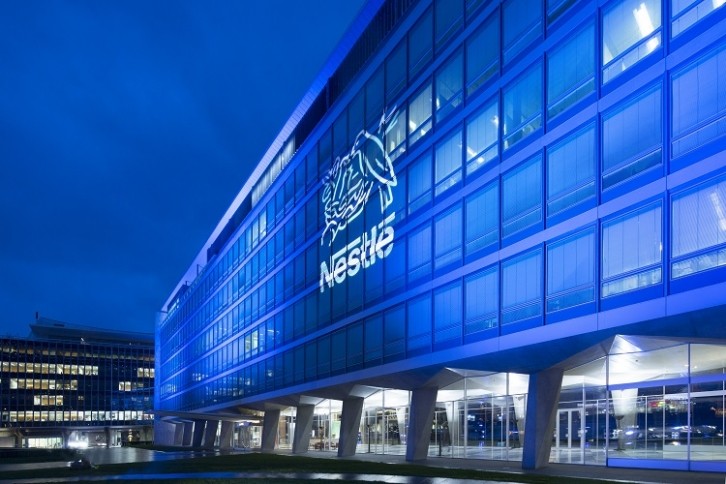Nestlé sees moderate growth despite inflationary pressures on coffee, cocoa and cost-of-living

Swiss multinational, Nestlé, has released its half-year results for 2024. The company has seen moderate growth in most categories and regions, with a particular success in coffee, which is expanding into new markets.
However, inflation and the cost-of-living crisis, continues to be a factor, leading to ‘promotional intensity’, which aims to meet consumer demand for lower prices.
Success of coffee
Much of Nestlé’s growth has been driven by the coffee category, which was the largest contributor to organic growth.
Nespresso had had an organic growth of 1.8%, mainly driven by the Vertuo system. Mark Schneider, Nestlé’s CEO, suggested that in Nespresso, ‘the pricing opportunity and the pricing need’ were less pronounced, due to the fact that it uses mainly Arabica beans. Pricing in Nespresso increased by 0.7%.
Nestlé has also seen success in China and India, both of which are embracing coffee. “Coffee China is happening as we speak,” said Schneider, albeit tempered by ‘general economic caution’ in the country. According to Nestlé, it is one of the main competitors in the market. India is following suit, though it's slightly behind China.
However, the prices of coffee, along with cocoa, have been increasing, putting ‘upward pressure’ on Nestlé. While up until now, hedging had protected the company from the worst effects of these price rises, in the second half of the year they could have a greater knock-on effect on Nestlé’s input costs.
“We will see commodity prices continue to go up in coffee and cocoa. And there, we will be taking pricing,” said Anna Manz, Nestlé’s COO.
The big picture
The company overall saw an organic growth rate of 2.1%, driven by Europe and emerging markets. Most regions have seen moderate growth, and real internal growth (RIG) has returned to a positive 0.1% after a RIG of -0.8% in 2023’s half-year results. RIG is an internal measure within Nestlé, which calculates 'the impact on sales of volume increases or decreases, weighted by the relative value per unit sold.'
Europe had the largest organic growth, at 4.5%, of all the regions, as well as the second largest RIG, at 1.3%, after greater China. Growth in Europe was driven by pet food and confectionary.
Cost of living
Inflation is not only affecting coffee and cocoa, but many aspects of the cost-of-living. Consumers are still feeling the pressures of cost-of-living, leading Nestlé to adopt ‘promotional intensity’ in some markets, such as North America.
“We have seen some value-seeking behaviour on the part of the consumer,” Schneider told investors. “People are value-seeking, and hence, promotional intensity has been particularly strong.” Pricing in the North America zone has grown by 1.4%, in contrast to Europe where it increased by 3.1%.
Falling birth rates
Larger global trends have affected some of Nestlé’s most prominent categories. For example, its nutrition category has been affected.
“In recent years, as you know, with lower birth rates, this was not a business that was so much a growth contributor,” said Mark Schneider.
Growth in the category was driven by human milk oligosaccharides (HMOs) products.
Inflation in general has inhibited growth in the past, according to Schneider, but he feels that now the situation is stabilising, which will allow Nestlé to return to higher levels of growth.
“Now as we're coming out from that significant inflation spike, you're seeing a year with an at least 3% organic growth guidance. We're going to be slightly under it. But that the portfolio overall is capable of delivering that. We have confidence.”































